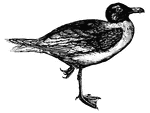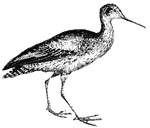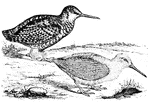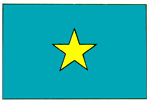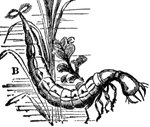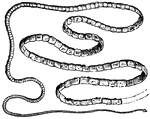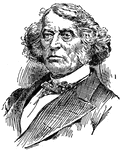
Charles Sumner
Charles Sumner (January 6, 1811 – March 11, 1874) was an American politician and senator from Massachusetts.…

Caleb Cushing
(1800-1879) Lawyer and public official. Appointed commissioner to China and served in the Mexican War.…
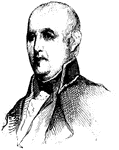
Colonel Isaac Shelby
(1750-1826) Soldier and Public official who fought important battles during the American Revolution.…

Thomas Sumter
(1734-1832) Public official and soldier that led campaigns during the American Revolutionary war.
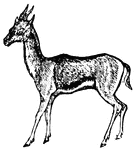
Gazelle
Most gazelle are found in Africa. Some inhabit SW Asia and N. Africa. They are graceful and swift runners…
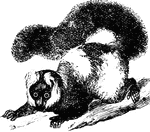
Lemur
The lemur (Latin, lemures, ghosts) get their name from the fact that their movements are noiseless,…
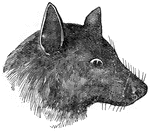
Kalong Bat
The kalong bat can have a wingspan up to five feet. Its head is like that of the fox, and it lives primarily…

Civet
There are several species of civet that live in Africa and Asia. All civets have scent-producing glands…
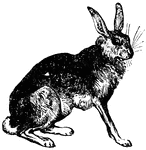
Hare
Hares are larger than rabbits, with longer ears and hind legs. They live above ground in nests. Hares…

Six-banded armadillo
Armadillos live on carrion, insects and fruit. They are all small, except for the Gigantic armadillo…

Heron
Herons are found on the edges of rivers, lakes and marshes and live on fishes, reptiles and sometimes…
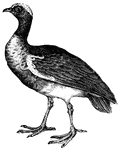
Screamer
Screamers live near moist marshy locations or sandy streams. They do not swim, but walk along the vegetation…

Screamer
Screamers live near moist marshy locations or sandy streams. They do not swim, but walk along the vegetation…
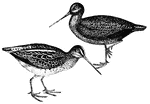
Snipe
The snipe does not live so solitary a life as the Woodcock; it is occasionally seen in flocks.

Heron
Herons are found on the edges of rivers, lakes and marshes and live on fishes, reptiles and sometimes…

Jacamar
Their habits are little known; but it is certain that they live isolated or in pairs, that they are…
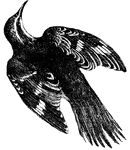
Creeper
The Creepers are small climbing birds which live and build their nests in the holes they bore in the…

Creeper
The Creepers are small climbing birds which live and build their nests in the holes they bore in the…

Creeper
The Creepers are small climbing birds which live and build their nests in the holes they bore in the…

Sheng
One of the most important musical instruments in use among the Chinese, one that is indispensable to…

Heron
Herons are found on the edges of rivers, lakes and marshes and live on fishes, reptiles and sometimes…

Knots
Simple knot. Note: the loop of a knot is called the "bright." The "standing part" of the rope is the…

Knots
Figure eight knot. Note: the loop of a knot is called the "bright." The "standing part" of the rope…

Knots
Common sheet bend connects two ropes. Note: the loop of a knot is called the "bright." The "standing…

Knots
Common bowline. Note: the loop of a knot is called the "bright." The "standing part" of the rope is…

Knots
Reef knot or square knot. Note: the loop of a knot is called the "bright." The "standing part" of the…

Knots
Carrick bend joins two ropes. Note: the loop of a knot is called the bright. The standing part of the…

Knots
Flemish loop. Note: the loop of a knot is called the "bright." The "standing part" of the rope is the…

Knots
Chain knot and toggle. The toggle is pulled to tighten up all the loops. Note: the loop of a knot is…

Knots
Sheepshank. Note: the loop of a knot is called the "bright." The "standing part" of the rope is the…
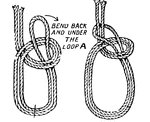
Knots
Bowline on a bight show in two stages. Note: the loop of a knot is called the "bright." The "standing…
Vorticella
Vorticella is a protozoan. Except for when young, it is usually found attached to dead leaves or sticks…
Gregarina
Gregarina is a parasitic protozoan. They live in the alimentary canal of crayfish, and certain insects.

Mole
Moles are well fitted for digging by the very large front feet and strong muscles of the front legs.…

Anemone
The tentacles of the sea anemone are numerous and are borne on a disk surrounding the mouth at the free…
Rotifer
Rotifers are free-swimming pseudo-coelomates. They occur in freshwater and are easily examined because…

Lizard
Lizards are good climbers and fast runners, and usually live in trees. Some can change their skin color…
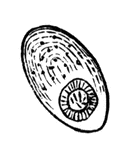
Tape-worm
Tape-worms live parasitically within other animals, and are often spoken of as Entozoa. This is an egg,…

Tape-worm
Tape-worms live parasitically within other animals, and are often spoken of as Entozoa. This is a bladder-worm,…



